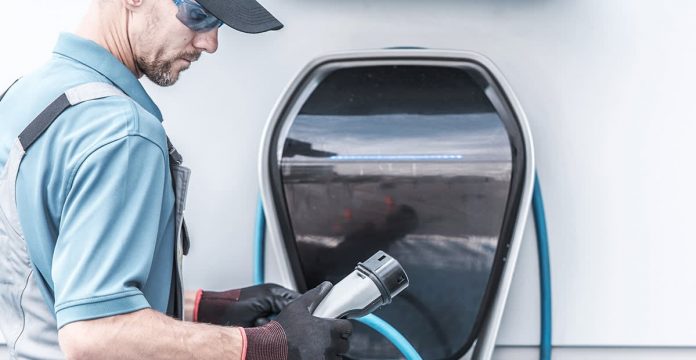We all think we want more choice. But having too many options can leave us unable to decide – sometimes known as the paradox of choice. So is this stopping fleet managers from making the switch to electric vehicles (EVs)?
Read on to find out.
Fleet managers and the paradox of choice
Despite the relatively limited range of EV models available compared to vehicles with an internal combustion engine (ICE), the transition to EV remains full of considerations and choices.
From electricity supply and power capacity to operational requirements and charging infrastructure, many fleet managers are entering unknown territory. And, since unnecessary procrastination doesn’t lead to progress, we’ve outlined below a few of the decisions you’ll need to take when debating a switch to EVs.
What are your operational requirements?
This is the very first step in your electrification journey. An accurate understanding of how your organisation uses its fleet is crucial for working out how EVs would fare under the same conditions as their ICE counterparts.
To understand your operational requirements, you’ll look at a variety of information including:
- Fleet size
- Mileage (both per trip and per day)
- The purpose of each journey
- Your geographical areas of operation
- Your required resting locations
Using insights from analysing this info, you can build a Total Cost of Ownership (TCO) calculation: the complete cost of electrification throughout a vehicle’s lifecycle. This is useful for showing where you have an operational need for EVs, and where you can make cost savings.
How do you choose the right EVs?
Once you understand your operational needs, you can start to consider the practicalities:
- Function: Do you use your vehicles for transporting people from A to B (e.g. salespeople, work crews, or maybe even passengers), or are they carrying other loads (e.g. heavy goods, parcels, tools)?
- Drivability: Just like ICE models, different EVs will be suited to different driving environments and this will affect your choices
- Form: Although looks aren’t everything, your fleet represents your organisation so you can use it to not only promote your sustainability credentials, but your brand’s styling too
- Range: You’ll need to know how far each vehicle goes (typically) in a single journey and how many journeys there’ll be each day
- Charging: While some operations will only need to slowly recharge EVs overnight, rapid charging might be the only option for other ways of working, again affecting your EV choices
Fast vs slow chargers
Once you’ve decided on your vehicles, you’ll need the infrastructure to power them. That means working out how many charge points you want, where they need to be, and of what type.
Charge points fall into one of three broad categories: slow, fast, and rapid (measured in output of power, kW). Rapid charge points are the ones you’re most likely to see at public pit stops like motorway services, and they also tend to be the most expensive.
The audit from your operational requirements assessment will determine whether rapid charging is necessary. The alternative is to save money by choosing fast charging in appropriate locations. Or, you may need a combination of the two approaches.
Future thinking and the bigger picture
Your first step to electrification might be swapping a few ICE vehicles for EVs and/or installing a couple of charge points. However, the need – nationally – to electrify transportation is only going to accelerate.
Throughout this process, keep thinking towards the future. For example, when it comes to charge point installation, consider where you want to be in 10 years’ time. This could lead to you doing all the groundworks now to minimise the disruption, downtime and expense in the future.
Forward-thinking also means staying on top of technological advancements and market launches. Doing so will help you decide when the time’s right to expand (and, possibly, enhance) your EV commitment.
There’s no ‘one size fits all’ approach with EV
While electrification brings new considerations and challenges, it’s best to see it as a great opportunity: a chance to design a fleet truly suited to your organisation’s needs.
What’s next?
8 steps to electrifying your business fleet, a guide from Drax, arranges the sometimes complex electrification process into easy-to-understand, manageable steps. It can help you save time, create a cost-effective EV infrastructure, and avoid the potential for costly wrong turns.




